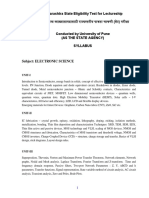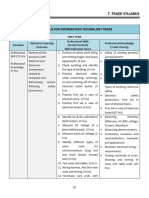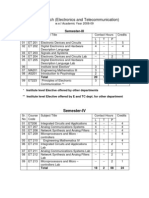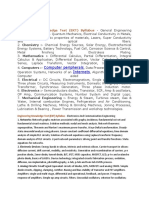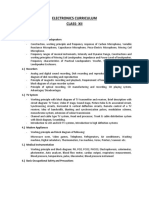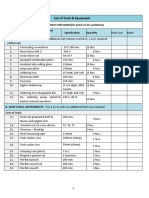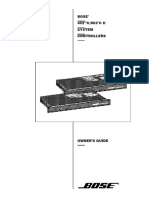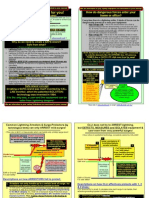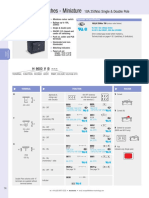0% found this document useful (0 votes)
98 views2 pagesElectronics Mechanic Syllabus
The document outlines the curriculum for the Trade - Electronics Mechanic (ITI Standard) covering ten units. Topics include safety practices, electronic components, power supplies, computer hardware, surface mount technology, communication electronics, microcontrollers, IoT applications, fiber optic communication, and cell phone technology. Each unit consists of 20 questions designed to assess knowledge and skills in these areas.
Uploaded by
2183selvamCopyright
© © All Rights Reserved
We take content rights seriously. If you suspect this is your content, claim it here.
Available Formats
Download as DOCX, PDF, TXT or read online on Scribd
0% found this document useful (0 votes)
98 views2 pagesElectronics Mechanic Syllabus
The document outlines the curriculum for the Trade - Electronics Mechanic (ITI Standard) covering ten units. Topics include safety practices, electronic components, power supplies, computer hardware, surface mount technology, communication electronics, microcontrollers, IoT applications, fiber optic communication, and cell phone technology. Each unit consists of 20 questions designed to assess knowledge and skills in these areas.
Uploaded by
2183selvamCopyright
© © All Rights Reserved
We take content rights seriously. If you suspect this is your content, claim it here.
Available Formats
Download as DOCX, PDF, TXT or read online on Scribd
/ 2








